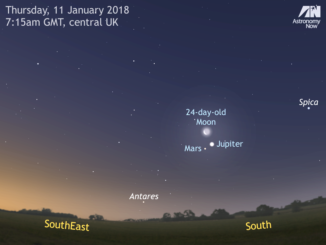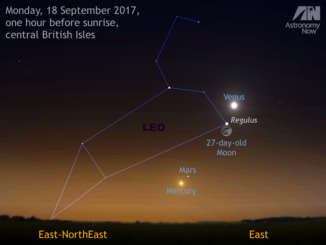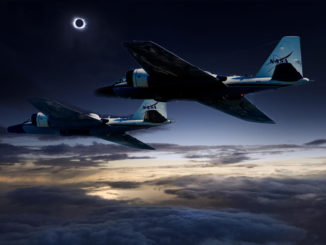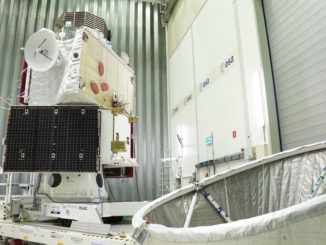
See the Moon and planets gather at dawn
It currently pays to be an early riser if you wish to view the planets, for it’s all happening at dawn in the skies of Western Europe. Find innermost planet Mercury, see a near miss of Mars and Jupiter on 7 January, then a fabulous binocular conjunction of the waning crescent Moon, the Red planet and Jupiter on 11 January!









